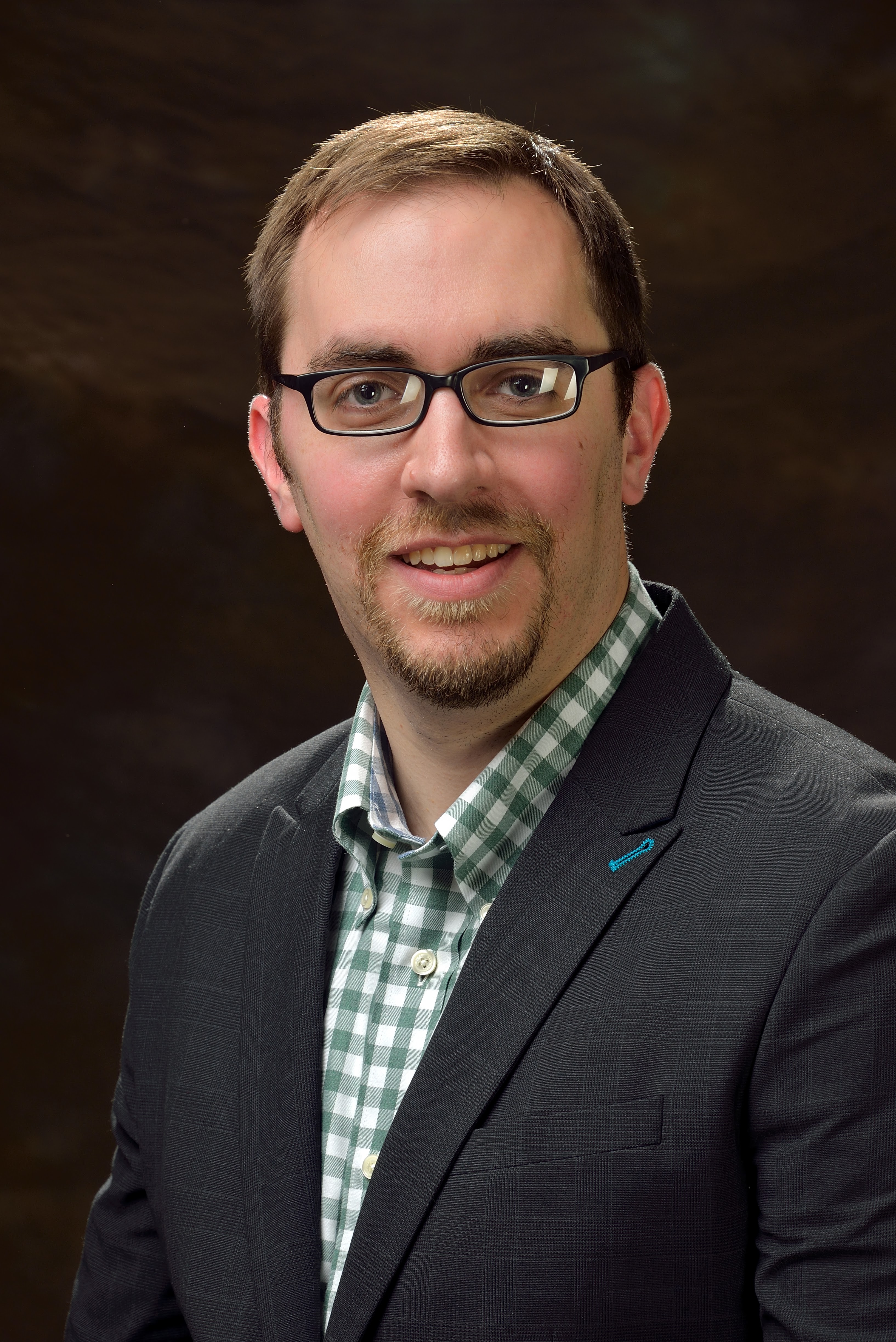Mathematics = Fairer Elections
Philip Gressman, Professor of Mathematics, wants to make elections fairer through the application of computational mathematics to redistricting maps.
Every 10 years in the United States, states draw new district voting boundaries in response to the latest U.S. Census data. However, redistricting has become a fraught political process as accusations of gerrymandering from both sides of the political aisle continue to grow and legal challenges to redistricting maps pop up across the country.
Philip Gressman, Professor of Mathematics, says the past ten-year period has brought significant improvements in computational capabilities that can help make electoral maps fairer and prevent the manipulation of boundaries for the gain of a particular party, group, race, or socio-economic class.
“Computational power has changed a lot within the last decade, to the point that things that were largely theoretical 10 to 20 years ago are now a reality,” explains Gressman. “A human drawing a map by hand can make a few small changes, but they are limited, and their decisions are made in a black box. A computer is now at the point where it can generate millions of different maps, compare them, throw out the ones that don’t work, and find the best among them while being fully transparent with its program code and processes.”
Gressman and 12 other mathematicians have been working to ensure that computational mathematics are applied to redistricting maps in Pennsylvania. The census showed that, due to a loss of population, the state needed to downsize its congressional districts from 18 to 17. The General Assembly and Governor Tom Wolf failed to agree upon a redistricting plan, resulting in the Pennsylvania Supreme Court taking on the case. Gressman and his colleagues signed on as plaintiffs to ask the court to consider a map generated by high-powered computers that complied with all legal requirements for redistricting while also ensuring the map treated all groups evenhandedly, regardless of political party, race, or socioeconomic background.
Ensuring fair elections is a passion for Gressman as a mathematician, but also as a voter. Everyone recognizes that gerrymandering is not a good thing, he says, but the “incentive structures are always designed so that the people who have political power have incentive to let it slide.” Gressman notes that the problem of gerrymandering cuts across party lines. He believes now is the time to use computational mathematics to “turn up the heat” on both parties and send the message that today is a “new era for greater transparency and accountability.”
Creating fairer maps is what those in mathematics call an optimization problem, Gressman says, meaning that the desired features of the solution are known, but the way to arrive at the solution is not. “It’s necessary to make a lot of mistakes to solve an optimization problem such as this,” says Gressman. “A computer is ideal in that it can do this quickly and effectively using mathematical algorithms.”
The Supreme Court made its decision on February 24. The map put forth by Gressman and the other plaintiffs scored high, placing second amongst 13 maps.
Although the Supreme Court did not use his endorsed map, Gressman considers the outcome a victory for fair elections. He says, “The court chose a high-quality map that uses the type of approach that we were trying to convince them to use. And ultimately, it's a real triumph when you can get the conversation to be about quantitatively evaluating maps and demonstrating that questions of law and fairness are things that can be measured.”



